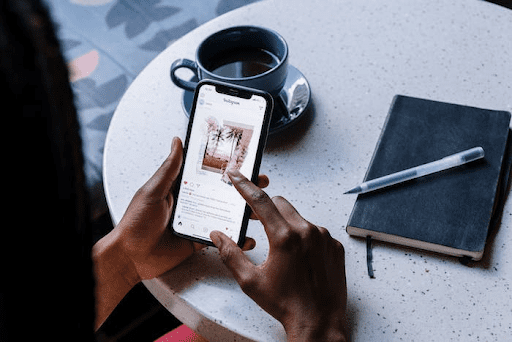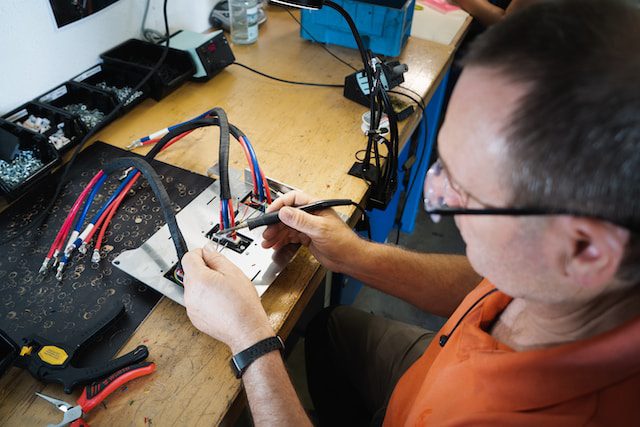
Workers on farms (forest dwellers or conservationists), urban workers (such as delivery workers, construction men and women who work from home, especially in poorly insulated whose walls are too thick) all have to suffer frustration when calls drop away messages do not deliver that internet is down. The Guardian answers the question of why is the UK’s mobile phone coverage so bad, but a simple mobile signal strength check turns the problem to be even wider: In fact, according to the ITU estimates more than 3 billion people worldwide continue to be left out with reliable mobile networks. Therefore, we offer you useful outcomes and suggestions which will help you to enhance the mobile signal strength in your area regardless if live in a remote location or rush through the metropolis just all every day.
Below you are to read about choosing a suitable telecom operator, optimising the settings of a mobile device, using external accessories, and end with studying alternative solutions. By following the tips, we’ve borrowed from mobile booster provider UCtel, you can improve your mobile signal strength to benefit from all aspects of life that a strong mobile connection makes possible.
I. Choosing the Right Telecom Operator
Consider the location (city, countryside, on-the-go), budget and needs (for communication, work, study, and everything together) — these criteria should help you choose in favour of the best telecom operator for your circumstances. The difficulty of choosing is that the same telecom operators provide different quality of services depending on the region. Thus, some telecom operators use higher frequencies, which provide higher speeds but have shorter ranges and less penetration. Others use low frequencies, which cover longer distances and penetrate deeper into buildings but have low speeds and high congestion.
To compare and evaluate carriers, examine the following factors:
- A coverage map — that can be tested for operator service regions. Alternatively, use third-party mobile signal strength diagnostic tools like OpenSignal, RootMetrics and CellMapper. The focus of the test is signal quality, speed and reliability that various telecom operators have tested in your area.
- Network type — the one indicates the generation of technology the analysed operator uses to deliver: 2G, 3G, 4G or 5G. Each generation has advantages and disadvantages, depending on your device’s compatibility, data usage, and performance expectations. For instance, 5G provides high speed and low latency but cannot be found in some areas or may not be compatible with devices. 4G provides good speed and reliability but consumes more battery and data. 3G may offer wider coverage and compatibility but suffers from low data speeds.
- Plan options — it’s about the wallet you are willing to trade for data, voice minutes, text messages and other features. The best negotiation for you should match two indicators: your mobile behaviour pattern and wallet size. Life hack: read the fine print of the user’s terms and conditions so you know in advance about data restrictions, roaming fees and tariff plan cancellation fees; besides money, it will save your nerves and time.
One more selection criterion is the strength of your mobile signal. The point is that your mobile device must support the generation of technology of the selected operator. But to convert the right carrier choice into quality services, you need to optimise your device sets to get the most out of your signal — keep reading about settings.
II. Optimising Device Settings
Think of it like training an athlete: A powerlift needs strength while a sprinter needs speed. Same with the settings of the mobile device:
- Battery mode — this set option determines the amount of power your device uses. For example, the power saving mode reduces the rate at which the battery drains along with data transfer speed, resulting in dropped calls and missed messages. We are talking about the duration for which it is recommended to activate the energy-saving mode on the road while studying or at work.
- Network mode — it is about choosing the type (read as generation) of your device’s connection network: 2G, 3G, 4G or 5G. First: the type of network chosen must be supported by your device. Second: advanced network generation increases speed and reduces latency, but weakens signal strength (Ofcom eco requirement) and accelerates battery drain. Prioritise the speed or duration of the device – this will help you make a choice.
- Wi-Fi mode — this allows you to make or receive calls and messages over a Wi-Fi network, instead of a cellular network: enhances communication where the network coverage is poor and offers consistent signal. The dark side of Wi-Fi is that not all carriers and devices support this mobile telephony feature. How-To Geek answers in detail the question — what is Wi-Fi calling, and should you use it?
While optimising your mobile device settings can improve your experience by strengthening the signal or increasing the duration you use your mobile device, it is not enough to solve the problem of physical obstacles. Solutions beyond the device: keep reading about external accessories to boost your signal.
III. Using External Accessories
If there are not enough resources for war, then alliances are formed. To win the war of mobile devices against densely built-up areas and long distances to cellular signal sources in the countryside, smart users make alliances with external accessories — devices that amplify, repeat, or redirect a mobile signal. Consider three allies from trustworthy UCtel:
| Accessory type | Description | Advantages | Flaws | Purpose |
| 1) Antennas | Capture and transmit the signal, improving its strength. | Increasing the range and direction of the signal. | Possible interference and the need for tower visibility. | House, car, office |
| 2) Amplifiers | Increase signal strength and quality by connecting to a device or antenna. | Improved signal strength, but power consumption and possible interference. | Signal overload and feedback. | Home, office |
| 3) Repeaters | They receive and rebroadcast the signal, improving its power and coverage. | Expanding coverage area and signal penetration. | Delays, distortions, possible interference with other devices. | Warehouses, shops, hospitals |
The problem common to all external accessories types — these may not be compatible with your carrier, your device, or your location. Therefore, you may have to look for alternative solutions to get the signal back — don’t stop.
IV. Research of Alternative Solutions
Enter alternative solutions. There are satellite phones on the table that provide communications in remote areas, but can be expensive and bulky. Mesh networks connect devices directly, but are not always stable. Internet balloons in the stratosphere provide a signal during disasters but can be unpredictable. The alternatives confirm there are ways to avoid any situation, and the only question is what you are willing to part with.
| Alternative Solution | Description | Cost |
| Satellite phones | Phones use satellites instead of cell towers. Good for remote areas, but expensive and bulky. | £300-£1,500 for a phone, £15-£150 per month for a plan, £0.50-£2.00 per minute for a call3. |
| Mesh networks | Networks connect devices directly to each other. Good for crowded areas, but insecure and unstable. | £50-£300 for a device, free-£10 per month for a service, free-minimal for a call or message. |
| Internet balloons | Balloons provide internet from the stratosphere. Good for disaster situations, but vulnerable and unpredictable. | Cost unknown depends on Loon (developed by Alphabet) and local mobile operators. |
Conclusion
In the quest for a stronger mobile signal, you have to go through choosing a provider, setting up a device, and external devices to alternative solutions — all these options open up possibilities. And as alternative solutions like satellite phones, mesh networks and internet balloons have emerged, connectivity knows no bounds. While there are challenges ranging from compatibility to physical obstacles, finding a reliable signal is worth the effort; this opens the door for better communication and effective work or education. So, in the ever-changing world of mobile communications, the key is not just to overcome obstacles, but to discover the limitless potential that lies beyond, from the bar, through the boosters, to the balloons.



